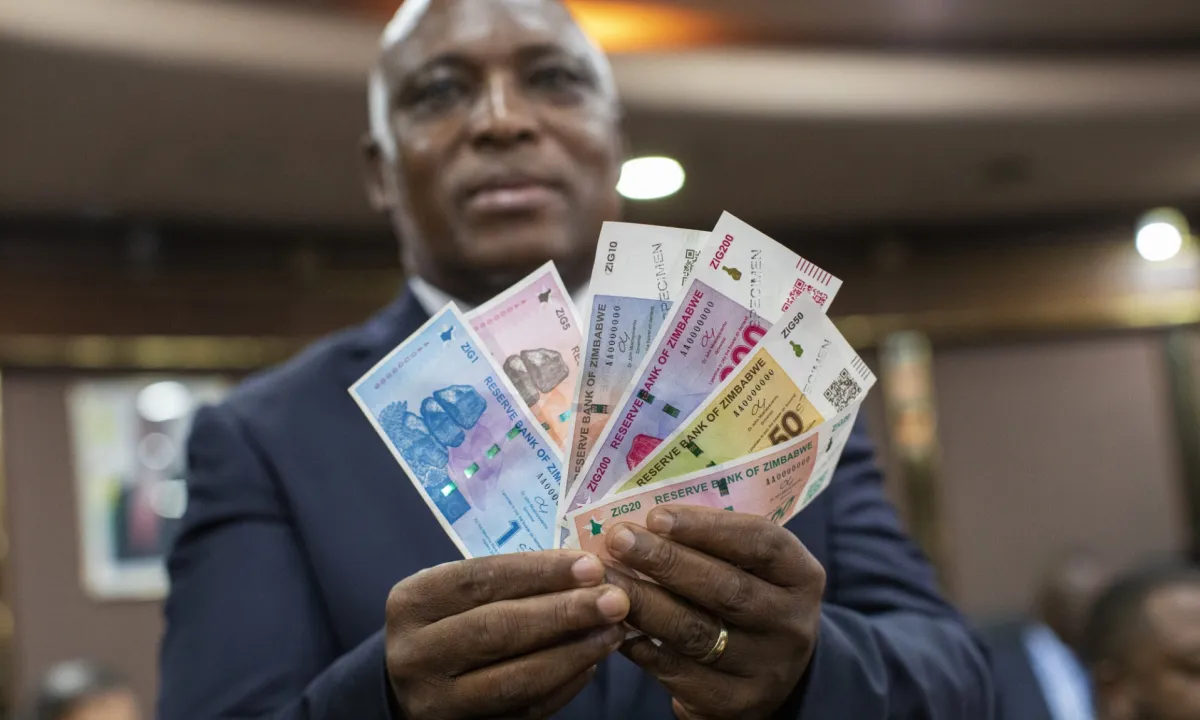Zimbabwe News Update
📅 Published: August 26, 2025
📰 Source: zimeye
Curated by AllZimNews.com
📅 Published: August 26, 2025
Curated by AllZimNews.com
The intervention comes amid mounting complaints that the ZiG remains difficult to use on mobile money platforms, particularly for essential services, while the US dollar remains dominant.
In many cases, service providers set prices far higher in ZiG than in US dollars, ignoring the official exchange rate and effectively undermining the local unit.
In its2025 Mid-Term Monetary Policy Statement Stakeholder Feedback Report, the RBZ said:
“The Reserve Bank will engage mobile money operators to ensure that there is equal trading in both domestic and foreign currencies in line with the multicurrency system. ”
The central bank also acknowledged concerns over high transaction fees that make the formal banking system costly to use.
It pledged to engage banks through theBankers Association of Zimbabwe (BAZ)to revise charges and adopt more user-friendly fee structures.
Zimbabwe’s struggle to stabilise its local currency dates back to theearly 2000s, when runaway government spending, economic collapse, and sanctions fuelledhyperinflation.
By 2008, inflation had spiralled out of control, reaching an astronomical79. 6 billion percent, according to the IMF.
The local dollar became worthless, forcing the government to abandon it in 2009 and adopt a basket of foreign currencies, dominated by theUS dollar.
For nearly a decade, the economy functioned largely on hard currency until 2016, when authorities introducedbond notesandbond coins, initially pegged 1:1 with the US dollar.
The experiment collapsed as confidence evaporated.
By 2019, the government reintroduced theZimbabwe dollar (ZWL)as sole legal tender, but the move triggered renewed inflation, currency depreciation, and loss of public trust.
By 2020, the ZWL was in freefall, trading mostly on the black market, while citizens and businesses continued to prefer the dollar.
The government reluctantly restored themulticurrency regime, but the ZWL remained weak and unstable.
In 2024, authorities unveiled theZimbabwe Gold (ZiG)currency, backed by gold and foreign exchange reserves, in a bid to restore confidence.
However, like its predecessors, the ZiG has struggled to gain traction.
Citizens and businesses continue to favour the US dollar, particularly for savings, imports, and major transactions, while the ZiG is largely confined to government salaries and low-value local trade. 🔗
” style=”color: #007bff;”>admin@allzimnews. com.
📖 Continue Reading
This is a preview of the full article. To read the complete story, click the button below to visit zimeye.
AllZimNews aggregates content from various trusted sources to keep you informed.
📰 Source:
zimeye
Aggregated by AllZimNews – Your trusted source for Zimbabwe news
